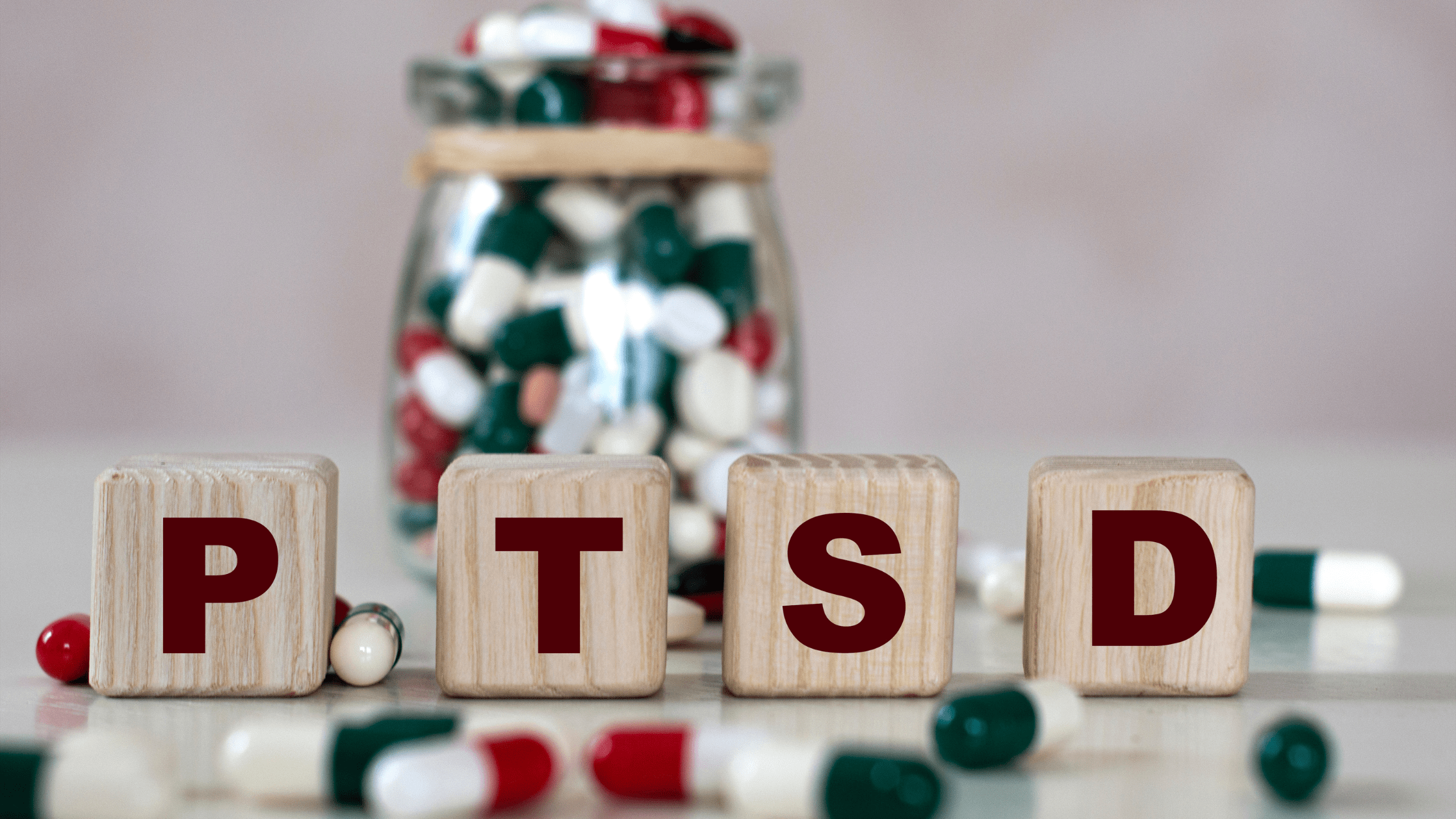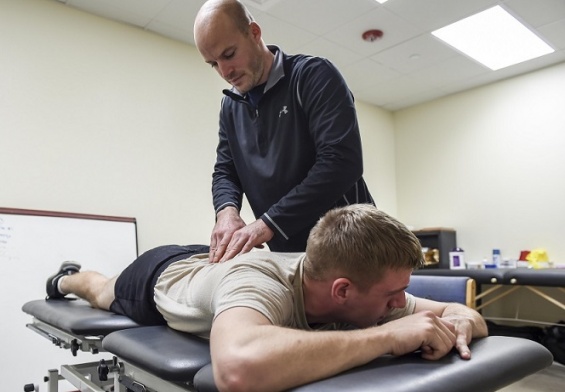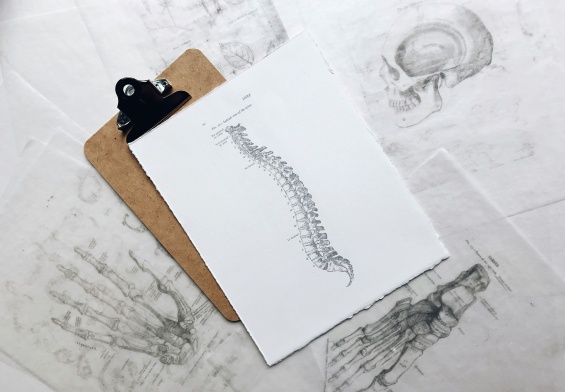PTSD – Your Most Frequent Questions Answered
Post-Traumatic Stress Disorder (PTSD) is a mental health condition triggered by experiencing or witnessing a traumatic event. It can affect anyone, regardless of age or background, and may manifest through flashbacks, nightmares, and severe anxiety. Understanding PTSD is essential for those affected by it and their support networks. This blog aims to answer the most frequently asked questions about PTSD, offering insight into its symptoms, causes, and management strategies.
Section 1: What is PTSD?
Q1: What are the main symptoms of PTSD?
PTSD symptoms can vary but generally fall into four categories:
- Re-experiencing Symptoms: These include flashbacks, where individuals relive the traumatic event as if it is happening again, and nightmares related to the trauma. Intrusive thoughts about the event are also common.
- Avoidance Symptoms: Individuals with PTSD may avoid reminders of the trauma, such as certain places, people, or activities. They might also try to avoid talking or thinking about the traumatic event.
- Negative Changes in Mood and Cognition: This includes persistent negative emotions, feelings of detachment from others, difficulty experiencing positive emotions, and distorted thoughts about the event or oneself.
- Hyperarousal Symptoms: Individuals may experience heightened alertness, such as being easily startled, having difficulty sleeping, irritability, or angry outbursts. Hypervigilance and difficulty concentrating are also common.
Q2: What causes PTSD?
PTSD can be triggered by exposure to a traumatic event, but not everyone who experiences trauma will develop PTSD. Contributing factors include:
- Direct Exposure to Trauma: Experiencing or witnessing events such as violence, accidents, natural disasters, or combat can trigger PTSD.
- Genetic and Biological Factors: Genetic predisposition and brain chemistry may influence the likelihood of developing PTSD. Some people may be more biologically susceptible to stress and trauma.
- Previous Trauma or Mental Health Issues: A history of trauma or pre-existing mental health conditions, such as anxiety or depression, can increase the risk of developing PTSD.
- Lack of Support: Insufficient support from family, friends, or community during or after a traumatic event can impact the development of PTSD.
Section 2: Diagnosing PTSD
Q3: How is PTSD diagnosed?
Diagnosing PTSD involves a comprehensive evaluation by a mental health professional, which includes:
- Clinical Interview: A thorough interview to discuss symptoms, their duration, and their impact on daily life. The professional will also explore the traumatic event and its effects.
- Diagnostic Criteria: Healthcare providers use diagnostic criteria from the Diagnostic and Statistical Manual of Mental Disorders (DSM-5) to determine if the symptoms meet the criteria for PTSD.
- Assessment Tools: Standardized questionnaires and scales, such as the PTSD Checklist (PCL) or the Clinician-Administered PTSD Scale (CAPS), may be used to assess the severity of symptoms and their impact.
Q4: At what age can PTSD be diagnosed?
PTSD can be diagnosed at any age. Symptoms may appear immediately after the traumatic event or develop months or even years later. Children and adolescents can also experience PTSD, though their symptoms may manifest differently than in adults.
Section 3: Managing PTSD
Q5: What are the common treatments for PTSD?
PTSD treatment often involves a combination of approaches:
- Therapy: Evidence-based therapies for PTSD include Cognitive Behavioral Therapy (CBT), particularly Trauma-Focused CBT, and Eye Movement Desensitization and Reprocessing (EMDR). These therapies help individuals process and reframe their traumatic experiences.
- Medications: Antidepressants, such as selective serotonin reuptake inhibitors (SSRIs), are commonly prescribed to help manage symptoms of PTSD. Medications may also be used to address co-occurring issues, such as anxiety or depression.
- Support Groups: Joining a support group provides a safe space to share experiences and receive support from others who understand the challenges of PTSD.
Q6: How can family and friends support someone with PTSD?
Support from family and friends is crucial for those with PTSD:
- Understanding and Patience: Learn about PTSD to better understand what the individual is experiencing. Be patient and avoid rushing them to talk about their trauma before they are ready.
- Encouragement: Encourage them to seek professional help and attend therapy sessions. Support their treatment journey and offer to help with practical needs.
- Creating a Safe Environment: Foster a calm and supportive environment. Avoid triggering situations and be mindful of their needs and boundaries.
Section 4: Living with PTSD
Q7: What are some coping strategies for individuals with PTSD?
Effective coping strategies include:
- Self-Care: Engage in regular physical exercise, maintain a healthy diet, and ensure adequate sleep. These practices can help manage symptoms and improve overall well-being.
- Mindfulness and Relaxation Techniques: Techniques such as deep breathing, meditation, and progressive muscle relaxation can help manage anxiety and stress.
- Setting Realistic Goals: Break tasks into manageable steps and set realistic goals to avoid feeling overwhelmed.
Q8: How can PTSD affect daily life and relationships?
PTSD can significantly impact various aspects of life:
- Daily Life: Individuals may struggle with daily functioning due to heightened anxiety, difficulty concentrating, and avoidance behaviors. This can affect work, school, and daily responsibilities.
- Relationships: PTSD can strain relationships due to communication issues, emotional distance, and the impact of symptoms on interactions. Seeking couples or family therapy can help address these challenges and improve relationships.
Section 5: Myths and Misconceptions
Q9: What are some common myths about PTSD?
Common myths include:
- PTSD is Just About Having Nightmares: PTSD involves a wide range of symptoms beyond nightmares, including avoidance, hyperarousal, and negative changes in mood.
- PTSD Only Affects Veterans: While PTSD is common among veterans, it can affect anyone who has experienced trauma, including survivors of abuse, accidents, and natural disasters.
- You Can Just “Get Over” PTSD: PTSD is a serious condition that requires treatment. Recovery is a process that involves professional help and support.
Q10: How can we combat stigma around PTSD?
Combating stigma involves:
- Education and Awareness: Educate others about PTSD to dispel myths and promote understanding. Accurate information can help reduce stigma and increase support for those affected.
- Open Dialogue: Encourage conversations about mental health and PTSD. Sharing experiences and discussing challenges openly can foster empathy and reduce misconceptions.
Section 6: Resources and Support
Q11: Where can individuals find support for PTSD?
Support resources include:
- Professional Help: Seek therapy from mental health professionals specializing in trauma and PTSD. Contact local mental health clinics or organizations for referrals.
- Hotlines and Crisis Support: Reach out to hotlines such as the National Suicide Prevention Lifeline or crisis text lines for immediate support.
- Online Resources: Websites like the National Center for PTSD and the Anxiety and Depression Association of America offer information and resources for managing PTSD.
- Home Care Providers: Consider reaching out to home care providers who offer specialized services for individuals with PTSD. These providers can offer in-home support, companionship, and assistance with daily activities, helping to create a stable and supportive environment.
Q12: What are some useful tools and apps for managing PTSD?
Helpful tools and apps include:
- Mental Health Apps: Apps like Calm or Headspace offer guided meditation and relaxation exercises.
- Tracking Tools: Use apps like PTSD Coach to track symptoms and access coping strategies.
- Journaling Apps: Apps like Day One can help individuals track their thoughts and feelings, which can be useful for processing trauma and monitoring progress.
Conclusion
Understanding PTSD and its effects is essential for effective management and support. By addressing common questions and misconceptions, this blog aims to provide valuable information for those affected by PTSD and their support networks. Seeking professional help, utilizing coping strategies, and accessing available resources can significantly improve the quality of life for individuals with PTSD. Share this blog to raise awareness and support others in their journey with PTSD. For more information or to seek assistance, reach out to mental health professionals or local support services.




